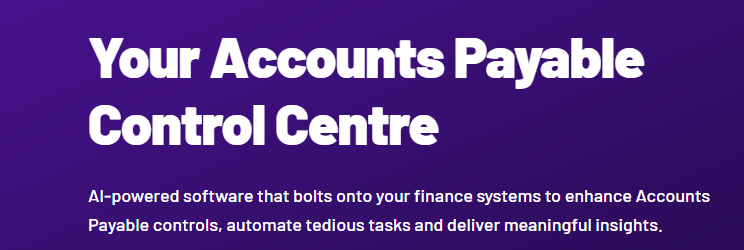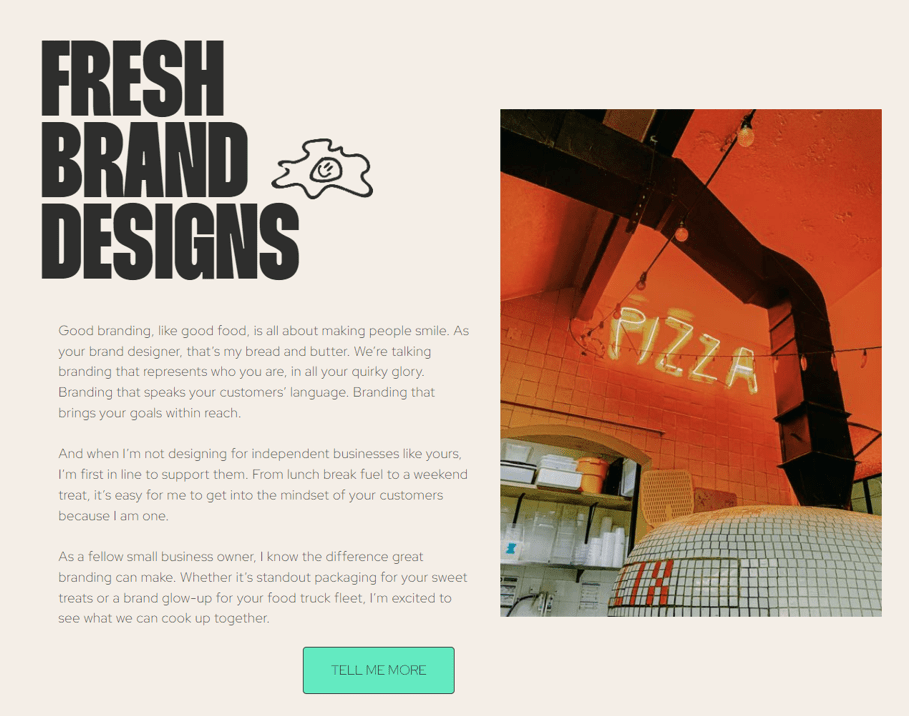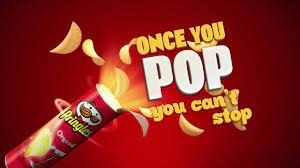How to build a tone of voice
You’ve decided who your brand is. You’re intellectual, enthusiastic and creative. Or perhaps you’re thoughtful, optimistic and vibrant. Now, you need to figure out how to bring those traits to life in your copy.
In this post I’ll introduce you to the building blocks of tone of voice. The areas of writing you need to think about and decide upon that will give your writers the structure and goalposts they need to nail your voice every time and on every platform. Think of it like looking in your fridge to decide what to cook for dinner. A block of parmesan, some fresh tomatoes and basil? Looks like we’re having pasta. Minced beef, carrots, some potatoes and an onion? It’s cottage pie night.
Once you’ve nailed down your personality pillars (the three or four ‘guiding light’ words that best represent your brand), your writer will help you translate that into practical writing tips. What kinds of words, sentences and writing techniques characterise your brand and bring it to life?
Words
Yup, big headline here. The words you choose impact the way your copy feels to the reader and the personality you put out into the world. But there are some interesting nuances here that I want to share with you.
Using simple words doesn’t make you seem simple. The opposite in fact. If we try to hide behind long words and flowery language, we often end up looking less smart than if we just chose the simpler option. Plus, rule one of copywriting is that your reader has to understand it. Otherwise, we might as well all go home now. I urge you to think about your reader – what words will they understand?
Patagonia talks about big scary topics using small, simple words.
This also goes for jargon. Copywriting wisdom would tell you to eliminate all jargon. But I believe jargon has a place in copy if it helps your reader feel part of a special sector or club. If all your readers will understand the word, feel free to use it.
Xelix (a former client) targets their jargon at their accounts payable literate audience.
Then there are more general choices regarding the kind of language you use. For example, if you use lots of words with an undercurrent of sadness say (problem, struggle, difficulty) or violence (cutthroat, overkill, punchy), your copy may come across a bit low mood without you even realising it.
Consider this sentence:
“Obliterate stress and smash through your to-do list by ditching your worst administrative tasks on to our virtual assistants.”
Now, if we swap those words to more upbeat alternatives, feel how the sentence changes:
“Free yourself from stress and tick off your to-do list by handing over your administrative jobs to our virtual assistants.”
You can even – and I wouldn’t recommend this for every brand – look for a word theme that ties in with your product or service and use that to make your copy quirky and memorable.
Joey Designs, a graphic designer for food and drink brands (and former client), weaves food references into her website copy.
Now, think about your words in a wider context. Do the words and phrases you use have cultural meaning, or do you want to remain culture neutral? Do you want to belong to a certain tribe by weaving their language into your copy? (For example, the wellbeing industry has a very specific language and way with words.) Or do you want to set yourself apart from your customers by using different language than what they use day to day?
Paynter Jacket Co. throws in a casual Coco Pops reference for their UK audience.
Sentences
The obvious place to start is short or long sentences. Does your brand favour one or the other? Short sentences are great for practical brands whose customers like to get things done. Longer sentences feel more inspirational, more poetic. Mixing them signposts creativity and gives your writing pace, rhythm and flow.
Your writer may also think about whether you like to break sentence rules as a brand. Allowing yourself the chance to use fragmented sentences (ones without a subject or main verb) will give your writing a more relaxed and informal feel.
StrangeLove promotes their ginger beer using fragmented sentences for humour. (Thanks to Dan Nelken who featured this ad in his book A Self-Help Guide for Copywriters.)
What types of sentences will your brand favour? You might use lots of questions to create a conversational feel. Or maybe you love a bullet point for its clarity-creating break-up-the-chunk-of-text-ability.
Sounds
Do you want to use lots of short words with lots of consonants to sound sharp and staccato? Or will longer words with plenty of vowel sounds suit your brand better?
Do you want to use alliteration, assonance, consonance or rhyme to make your writing feel more cohesive or more disjointed?
Pringles uses rhyme to create a memorable line.
Punctuation and symbols
Yep, even those tiny dots and symbols can make a huge difference to how your brand is perceived. If you’re a scientific brand, your writer might recommend using all digits instead of writing numbers out as words.
Some brands may want to banish certain symbols such as the ampersand (&) or the semi colon (;) for readability or to keep their writing easy to understand. Exclamation marks create a very specific feeling that isn’t right for every brand. And some types of punctuation, such as brackets or ellipses (…), may feel too informal for many.
Extras
You’ve nailed down your words, sentences and punctuation, but what about the little details? Like emojis. How does your brand use emojis? Liberally? Or with caution? Or not at all? What kinds of emojis suit the brand and which should you never use. How do they work with the copy itself. For example, does a funny line of copy need a smart emoji to set it off? Or would an emoji take the joke too far?
Brands using emojis in their email subject lines.
Of course, I’m only really scratching the surface of the choices you and your writer can make and the options you have to build your brand voice. But hopefully this gives you an idea of how brand voices are built. Maybe you’ll even spot some examples next time you’re on the bus or reading a magazine.
If you’d like to chat more about writing for your business, I’d love to hear from you.







